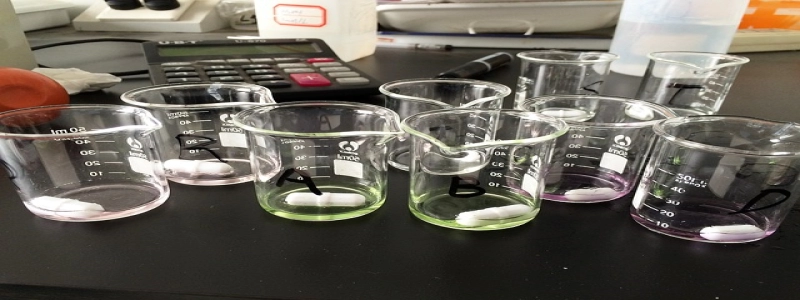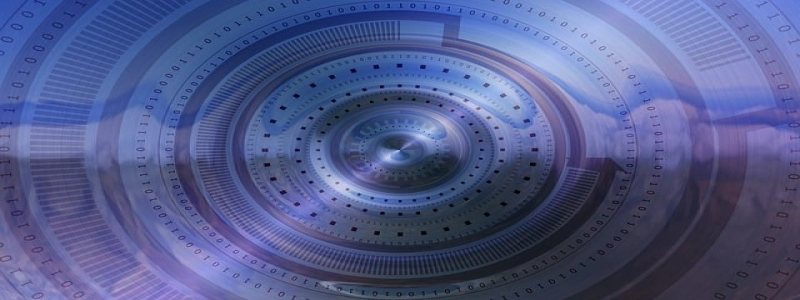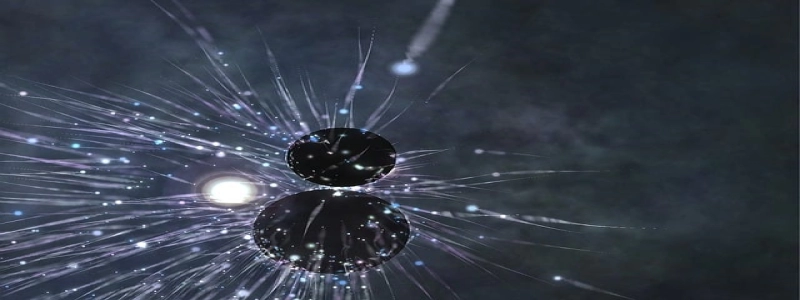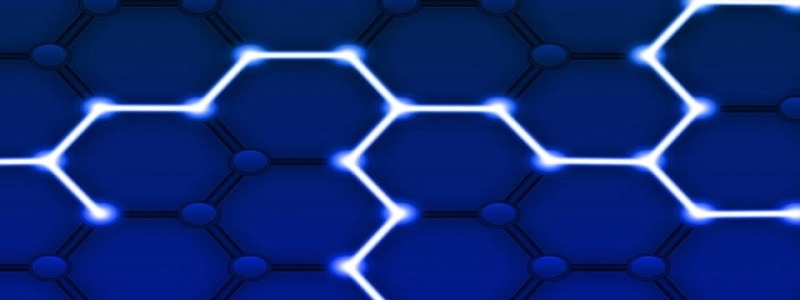Small Laser Diode
Introduction:
The small laser diode is a compact and versatile device that plays a crucial role in various applications, ranging from telecommunications to laser pointers. With its miniature size and efficient performance, it has become a widely used component in numerous devices and systems. In this article, we will explore the structure, working principle, and applications of the small laser diode.
I. Structure:
The small laser diode consists of several key components that work together to emit a coherent beam of laser light. The main elements include a semiconductor laser chip, p-n junction, optical cavity, and electrical contacts. These components are carefully engineered and assembled to ensure optimal performance in a compact package.
A. Semiconductor laser chip:
The heart of the small laser diode is the semiconductor laser chip, which is typically made of gallium arsenide (GaAs). It is composed of multiple layers of different materials, including p-type and n-type semiconductors. These layers form a p-n junction, which is essential for laser operation.
B. P-n junction:
The p-n junction is the interface between the p-type and n-type semiconductors within the laser chip. It serves as a barrier that allows for the controlled flow of charge carriers (electrons and holes) through the device. When a forward voltage is applied across the p-n junction, it allows for the efficient injection of electrons and holes into the active region of the laser chip.
C. Optical cavity:
The optical cavity is a critical component that enables the amplification of light waves. It consists of two reflective surfaces at each end of the laser diode. One surface is partially reflective, allowing some light to escape, while the other surface is fully reflective, ensuring the light is reflected back into the cavity. This creates a feedback loop, resulting in the amplification of light through stimulated emission.
D. Electrical contacts:
The small laser diode has electrical contacts that provide the necessary voltage and current to the laser chip. These contacts allow for precise control and modulation of the laser output.
II. Working Principle:
The operation of the small laser diode is based on the principle of stimulated emission. When a forward voltage is applied to the p-n junction, electrons and holes are injected into the active region. The electrons and holes combine, releasing energy in the form of photons. Some of these photons undergo spontaneous emission, while others stimulate the emission of additional photons with the same wavelength and direction.
These photons bounce back and forth between the reflective surfaces of the optical cavity, undergoing further amplification through stimulated emission. Finally, a fraction of the photons escapes through the partially reflective surface, forming a coherent laser beam.
III. Applications:
The small laser diode finds extensive use in various applications, including:
A. Telecommunications:
Small laser diodes are essential components in fiber-optic communication systems. They are used for transmitting data through optical fibers, providing high-speed and reliable communication over long distances.
B. Laser pointers:
Laser pointers are commonly used in presentations, astronomy, and educational settings. The small laser diodes, typically with lower power outputs, are ideal for portable and handheld laser pointers.
C. Medical and cosmetic applications:
Small laser diodes are employed in medical and cosmetic procedures, such as laser surgery, hair removal, and tattoo removal. Their compact size allows for precise targeting and minimally invasive treatments.
D. Scientific research:
Small laser diodes are used in various scientific research fields, including spectroscopy, microscopy, and optical sensing. Their compact size and reliable performance make them suitable for a wide range of scientific experiments.
Conclusion:
The small laser diode is a remarkable technological advancement that has revolutionized numerous industries. Its compact size, efficient performance, and versatility have made it indispensable in a wide range of applications, including telecommunications, laser pointers, medical procedures, and scientific research. As technology continues to advance, the small laser diode is likely to find even more exciting and innovative applications in the future.








